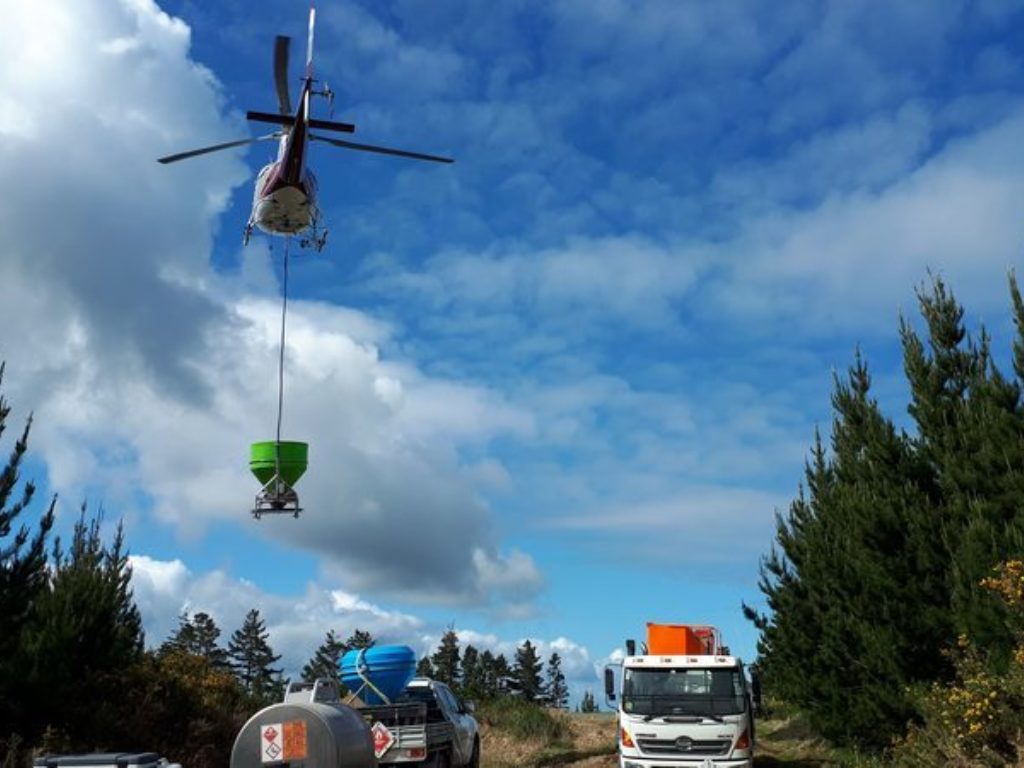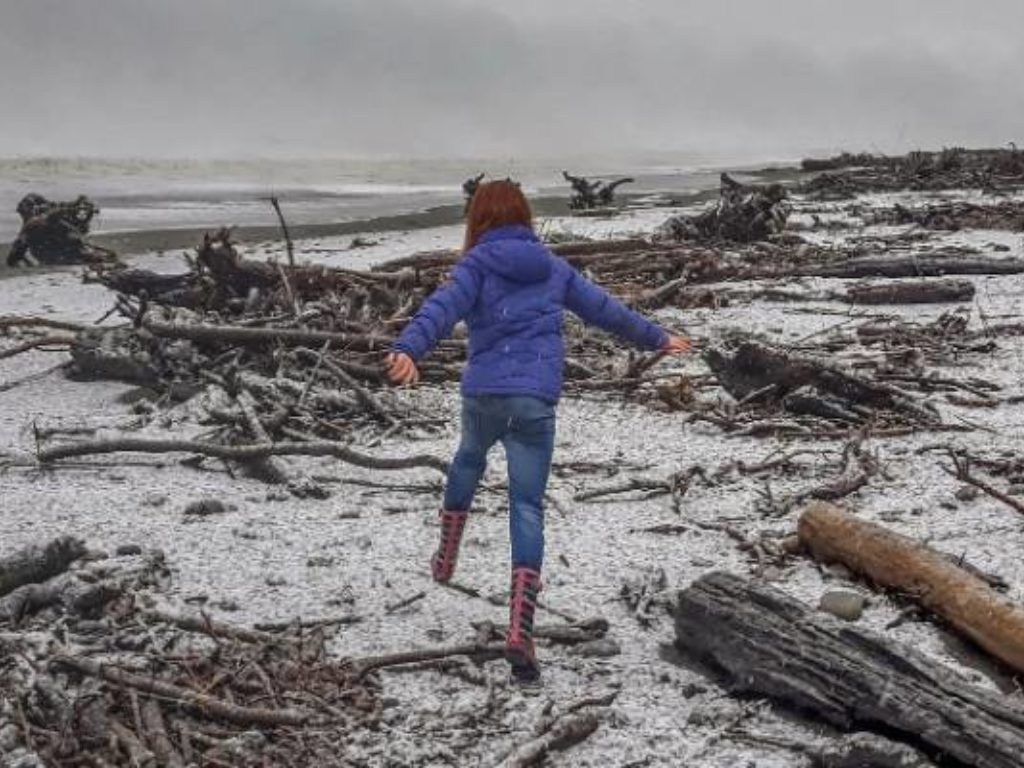Aug 19, 2019
What Can Stop a Year of the Mouse from Happening (Part 2 of 3)
In Part 1 of our blog series on New Zealand's 2019/2020 Year of the Mouse we covered generally why it happens. This blog post is meant to let anglers know the conditions and actions that are being taken to reduce rodent populations in New Zealand... and thus decrease the potential for a "mouse plague" for the trout to feed upon.
Or maybe not.
1. DOC has declared war on the mast
Forest seeding provides a bonanza of food for native species but also fuels rodent and stoat plagues that will pose a serious threat to native birds and other wildlife as predator populations build up next spring and summer.
Mice, stoats and pretty much anything with teeth are not native to New Zealand. The country has made a pledge to try and rid itself of non-native predators so it can protect the native wildlife. Thus...
DOC is planning its largest-ever predator control program for 2019/2020, at a cost of $38 million, to suppress rats, stoats and possums over about one million hectares or 12 per cent of conservation land. “This is a step up from the previous largest program of 840,000 ha in 2016 and 600,000 ha in 2014 and 2017 when there were significant but smaller mast events."
2. New Zealand has also had a pretty rough Winter
In the past, the timing for the Beech trees has happened usually after a mild winter, of which New Zealand has definitely not had in 2019. While there will no doubt be an abundance of seed, we wonder what effect the Winter weather will have on the mouse population. With colder than normal weather (there was snow on the beach at Hokitika for the first time in 15 yrs or 70 yrs depending on which report is correct) will it have a larger impact than the efforts of DOC?
So where do we stand? Our thoughts in the final blog post are here!
Images: Stuff.co.nz & New Zealand Dept of Conservation
Contact us to plan and book your NZ fly fishing adventure.

